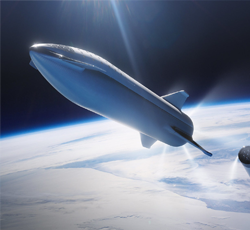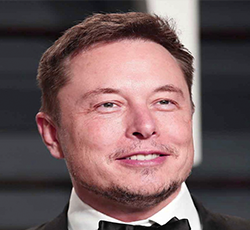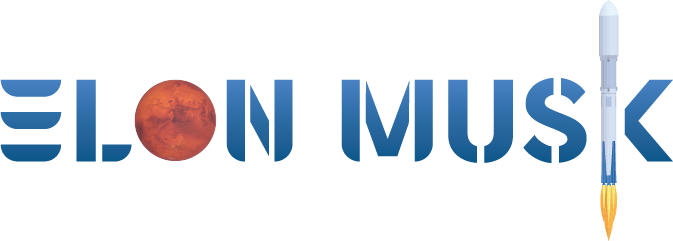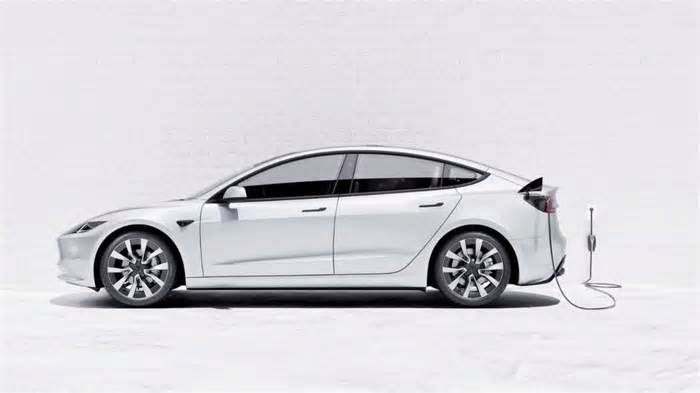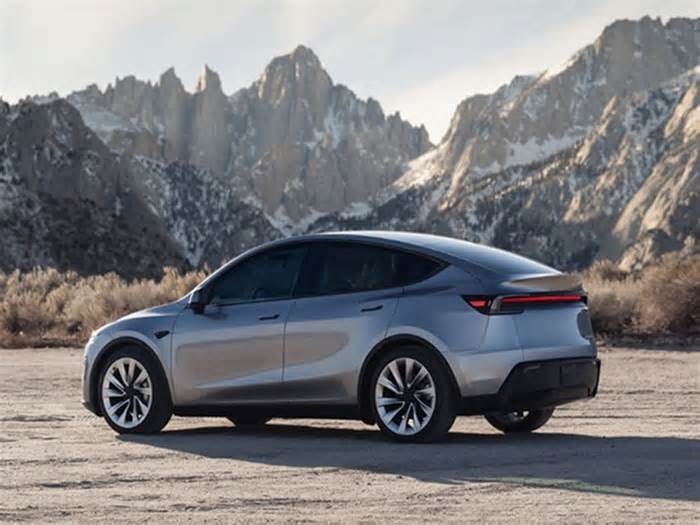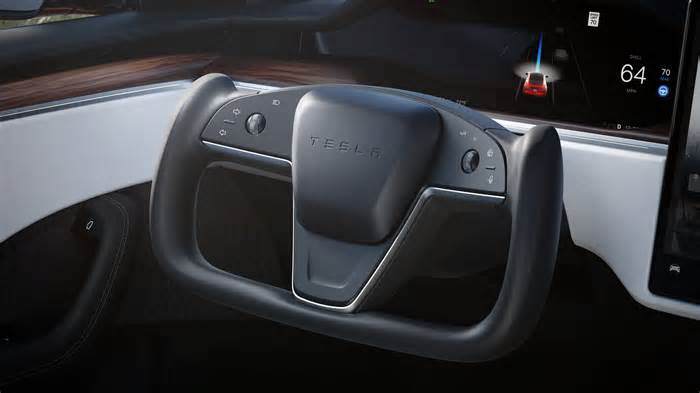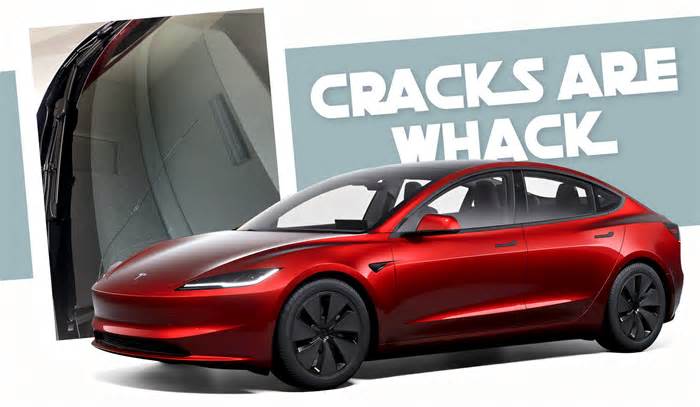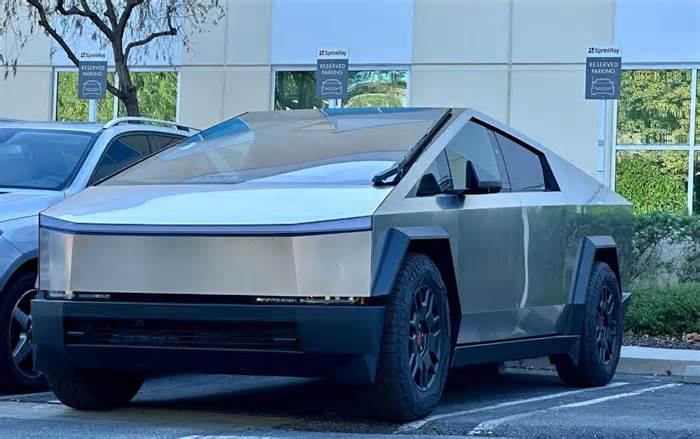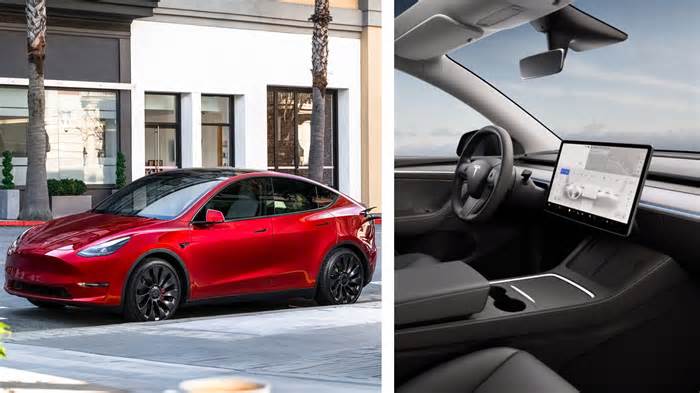
Tesla, Waymo will add more robotaxis to city streets
- by smartcitiesdive
- Jan 30, 2025
- 0 Comments
- 0 Likes Flag 0 Of 5
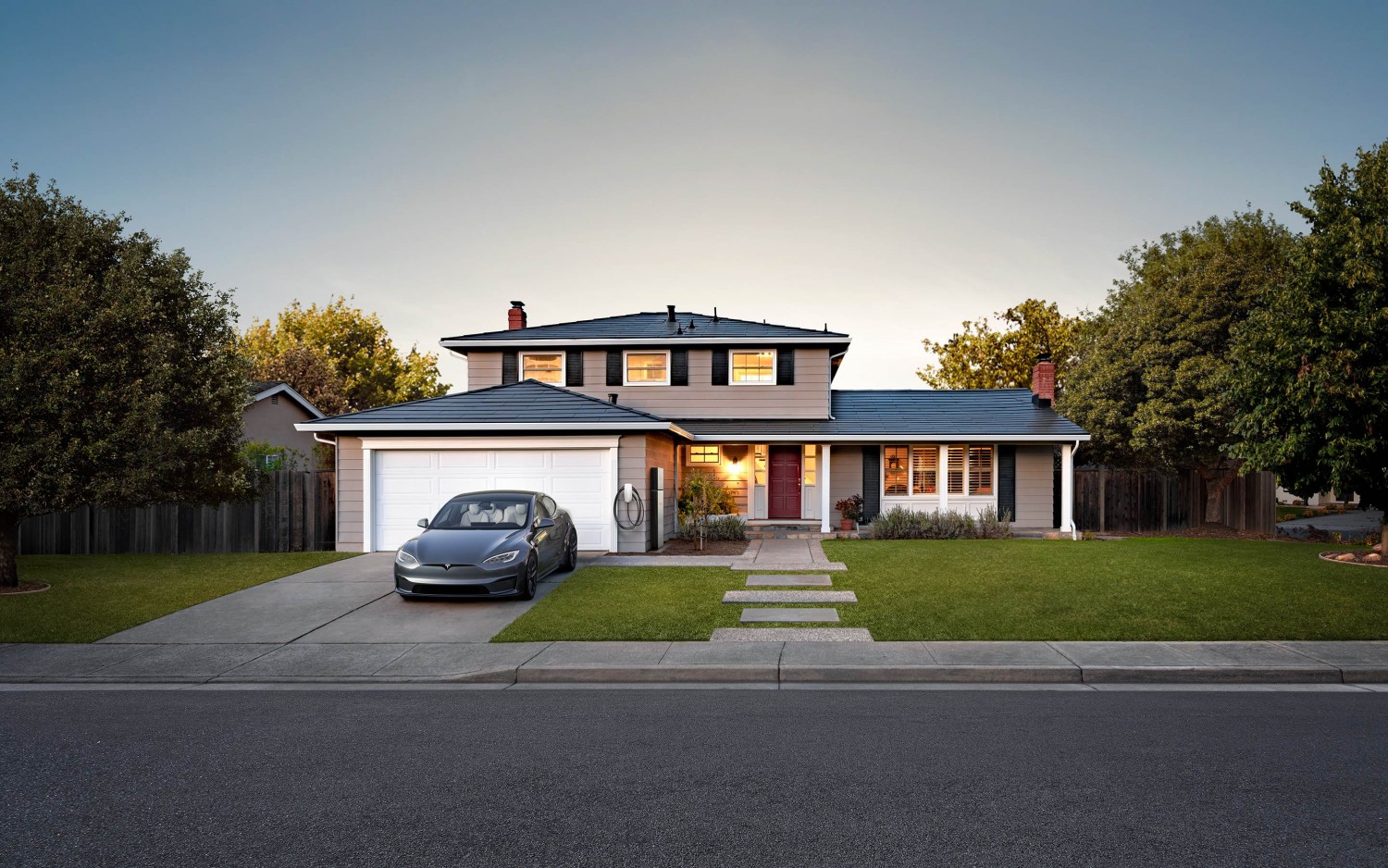
This audio is auto-generated. Please let us know if you have feedback.
Self-driving robotaxis will likely appear in more cities and states this year amid a more favorable federal regulatory environment, industry officials and observers say.
Despite the demise of General Motors’ Cruise robotaxi business in 2024, more than $100 billion in funding has gone to companies engaged in developing and operating robotaxi technology over the past decade, according to a 2024 report by research and consulting firm IDTechEx. These operators face few regulatory barriers, but the industry seeks greater clarity — and they may get that in this Congress.
“What you're likely to see in 2025 is steady progress with robotaxis, where you see companies like Waymo — but also other companies like Motional and Zoox — that are deploying on a city-by-city basis,” said Jeff Farrah, CEO of the Autonomous Vehicle Industry Association. Uber and Lyft plan to roll out robotaxis in partnership with these and other providers, the ride-hailing companies have said.
Waymo, considered the leader in this field, began limited self-driving operations in the Phoenix metropolitan area in 2017 and now offers driverless robotaxi service in San Francisco and Los Angeles. The company said riders have taken hundreds of thousands of paid trips since March 2024, and 98% of riders said they were satisfied in a Waymo survey. Waymo is also providing trips to some early riders in Austin, Texas, and will begin serving Atlanta later this year, a spokesperson said. In both cities, Waymo’s fully autonomous vehicles will be available through the Uber app.
The companies behind robotaxis have deep pockets, enabling them to invest in software development, on-the-road testing and expensive sensor technology. Waymo spun out of Google parent Alphabet, Motional is a joint venture between Hyundai Motor Group and Aptiv, and Zoox is owned by Amazon.
Despite the plans and capacity for growth, questions remain about the potential for federal regulation, and some experts continue to express concerns about autonomous vehicle safety.
Federal regulations could be coming
More than 35 states allow robotaxis to operate under a patchwork of different regulations, and cities have no say in when or where such autonomous vehicles can operate. Existing federal regulations apply mainly to safety. AVIA would like the federal government to step in and provide standardized AV regulation that would apply across the country.
“From our perspective, we have not seen nearly enough activity out of the federal government when it comes to autonomous vehicle legislation and regulation,” Farrah said. That may change this year.
Rep. Bob Latta, a Republican from Ohio, first introduced the bipartisan Self Drive Act in 2017. He plans to reintroduce it this year, Latta said in an interview. “We want to get that piece of legislation out and introduced as soon as possible,” he said. Latta believes it will have a greater chance of passing this year with Republican control of the Senate. “We want to get a clear framework out there so that we don't have 50 states and the District of Columbia turning out different regulations,” he said.
Proponents see robotaxis as an accessible and safe transportation mode. “Transportation opportunities in many cities are not available in the way they should [be] to the elderly and persons with disabilities,” Farrah said. “We think that we can put vehicles on the road that are far more accessible for people that have been really not able to access transportation in a certain way.”
Farrah is optimistic about the industry’s growth. “I would expect that you'll see the leading companies in the robotaxi space continue to expand their footprint, both within the cities where they're already deployed, but also perhaps taking on some additional cities.”
A Cruise autonomous vehicle with a driver moves through an intersection on June 8, 2023, in San Francisco, Calif. General Motors shut its Cruise business Dec. 10, 2024.
Justin Sullivan via Getty Images
Please first to comment
Related Post
Stay Connected
Tweets by elonmuskTo get the latest tweets please make sure you are logged in on X on this browser.
Sponsored
Popular Post
tesla Model 3 Owner Nearly Stung With $1,700 Bill For Windshield Crack After Delivery
35 ViewsDec 28 ,2024
Middle-Aged Dentist Bought a Tesla Cybertruck, Now He Gets All the Attention He Wanted
32 ViewsNov 23 ,2024





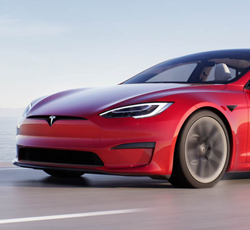
 Energy
Energy